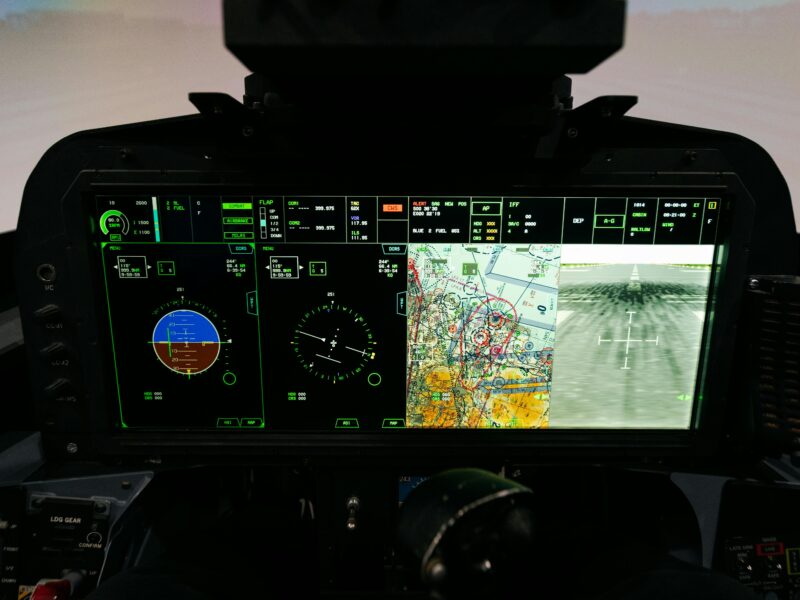
In a world where technology is revolutionizing everything from medicine to education, artificial intelligence (AI) is now offering a transformative solution for individuals with dyslexia — a condition that affects the reading and writing abilities of millions of people worldwide. The emergence of AI-powered software is being hailed as a breakthrough in the way dyslexia is understood, diagnosed, and treated.
What is Dyslexia?
Dyslexia is a neurological learning disorder that impairs a person’s ability to read, write, spell, and sometimes speak. It is not linked to intelligence or vision problems — many individuals with dyslexia are highly intelligent and creative — but their brains process written and spoken language differently.
According to the International Dyslexia Association, dyslexia affects approximately 5–10% of the population, though some estimates suggest the number could be as high as 15–20% when including undiagnosed cases. Early diagnosis and intervention are critical, but traditionally, treatment has been time-consuming, resource-intensive, and largely manual.
The AI Revolution in Dyslexia Treatment
Enter AI-powered software — a new frontier in assistive and educational technology. These advanced platforms leverage machine learning, natural language processing (NLP), and real-time feedback mechanisms to provide tailored learning experiences for dyslexic users.
Unlike traditional methods that often take a one-size-fits-all approach, AI tools can analyze individual reading patterns, track errors, adapt in real-time, and deliver personalized exercises to strengthen a user’s specific areas of weakness.
Key Features of AI Tools for Dyslexia:
- Personalized Learning Paths
AI systems monitor how users read, what words they struggle with, and their reading speed. Based on this data, the software adapts lesson plans and activities tailored to each user’s needs — something human tutors can take weeks to fine-tune. - Real-Time Speech-to-Text and Text-to-Speech
For users who struggle with writing or decoding words, AI tools can convert spoken words into written text and vice versa. This reduces frustration and allows users to focus on comprehension and expression. - Gamification and Engagement
AI platforms often use gamified learning environments, which keep users engaged through achievements, levels, and interactive storytelling. This is especially important for children, who may otherwise feel discouraged by traditional learning formats. - Predictive Error Detection
Advanced software can predict common mistakes based on user history and intervene before the user even makes the error. This proactive approach helps build reading confidence and fluency. - Multilingual Support
Many AI programs are equipped with multilingual capabilities, helping dyslexic learners who are also navigating language barriers — particularly important in global or bilingual education settings.
Popular AI Tools Making a Difference
Several AI-based tools are already making significant waves in the dyslexia support community:
- Ghotit Real Writer – Designed for people with dyslexia and dysgraphia, this software uses AI to correct spelling and grammar mistakes more effectively than standard spellcheckers.
- Lexilight – A reading aid that uses light modulation powered by AI to reduce visual stress and help dyslexics see text more clearly.
- MindZip – While not dyslexia-specific, this AI tool helps with memory retention and can assist dyslexic learners in grasping difficult concepts through repetition and microlearning.
- Microsoft’s Immersive Reader – Built into tools like Word and OneNote, it uses AI to offer text decoding support, read-aloud features, line focus, and grammar tools.
Scientific Backing and Real-World Results
Recent studies support the use of AI in addressing dyslexia. A 2023 study published in Frontiers in Psychology found that students using AI-assisted reading programs showed significantly greater improvements in reading fluency compared to those using traditional methods.
Parents, teachers, and speech-language pathologists are also reporting encouraging outcomes. AI allows for more frequent, independent practice, reducing the need for constant one-on-one tutoring and empowering users to build confidence at their own pace.
Challenges and Considerations
While AI-powered tools show great promise, they’re not a silver bullet. Access to reliable technology, internet connectivity, and affordability remain barriers, particularly in under-resourced regions. There are also ethical concerns about data privacy and ensuring that sensitive information about children’s learning profiles is securely stored and responsibly used.
Additionally, AI should be viewed as a complement to — not a replacement for — human educators and therapists. Human empathy, encouragement, and personal connection are still vital in any learning journey.
The Future of Dyslexia Treatment
The integration of AI into dyslexia support is just the beginning. As algorithms improve and datasets grow more sophisticated, we can expect even more adaptive, intuitive, and accessible tools. Augmented reality (AR) and virtual tutors powered by AI could soon offer immersive experiences that make reading feel like an adventure rather than a chore.
For parents, educators, and individuals with dyslexia, the message is clear: technology is no longer just a tool — it’s a transformative partner in overcoming learning barriers.
Final Thoughts
AI-powered software is changing the game for dyslexia intervention. With tailored learning, real-time feedback, and engaging interfaces, it’s helping learners not just cope with dyslexia — but thrive in spite of it. As technology continues to evolve, the path to literacy and confidence is becoming clearer and more inclusive than ever.



